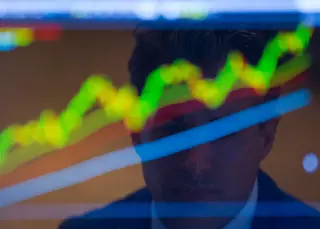This information has been prepared by IG, a trading name of IG Markets Limited. In addition to the disclaimer below, the material on this page does not contain a record of our trading prices, or an offer of, or solicitation for, a transaction in any financial instrument. IG accepts no responsibility for any use that may be made of these comments and for any consequences that result. No representation or warranty is given as to the accuracy or completeness of this information. Consequently any person acting on it does so entirely at their own risk. Any research provided does not have regard to the specific investment objectives, financial situation and needs of any specific person who may receive it. It has not been prepared in accordance with legal requirements designed to promote the independence of investment research and as such is considered to be a marketing communication. Although we are not specifically constrained from dealing ahead of our recommendations we do not seek to take advantage of them before they are provided to our clients.
Moving averages are often the first stop for novice traders when they first start learning technical analysis. However, they are also used as the basis for trading strategies by more advanced traders.
The simple moving average (SMA) will take the average reading over the prescribed number of candles on a price chart. The lower the number of candles, the more closely the average follows the price, meaning that the average will be engaged by the price more often. Conversely, a higher value moving average will provide a slow moving, less responsive line that will typically be less relevant to near-term price action.
It is worth noting that there are other forms of moving averages that are utilised in place of the traditional SMA. Exponential, smoothed and weighted averages are examples of other types of moving averages that traders will use.
The use of multiple moving averages will typically enable a more powerful trading strategy. The three examples below are examples of moving average trading strategies that utilise multiple averages.
Trend trading with multiple averages
A market that is highly trending will typically show an element of order in relation to moving averages. The chart below highlights that for an upwardly trending market, we should see the price trade below the short-term SMA, with the medium and then long-term averages above that. This would be inverted for a downtrend.
When a market displays this form of orderly characteristic, it allows for a trending market following trading strategy. Buying (uptrend) or selling (downtrend) at the nearest moving average would then allow for traders to find entry points within this highly trending market.
The EUR/GBP chart below highlights this technique, with the price turning back onto the bearish trend from the lower (20) SMA on a number of occasions. The push through the highest moving average (200) provided a signal that this trend is over.



















































































.jpg)









